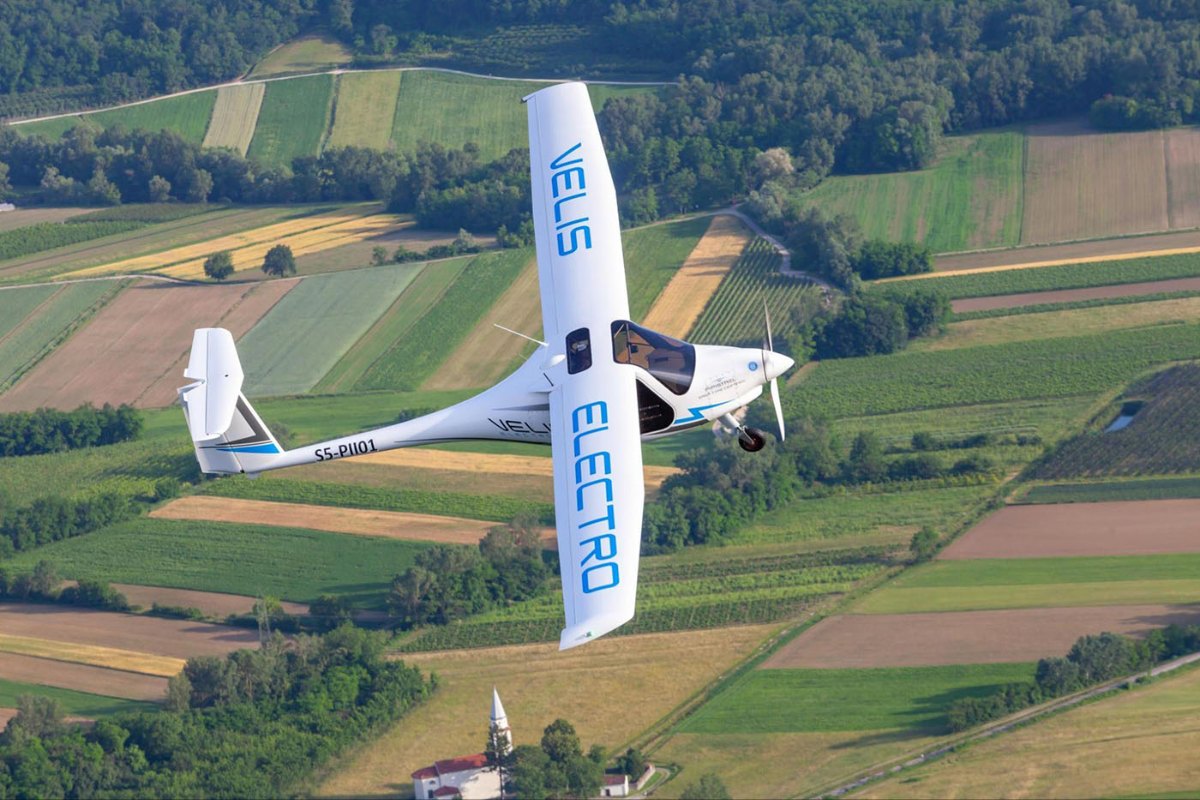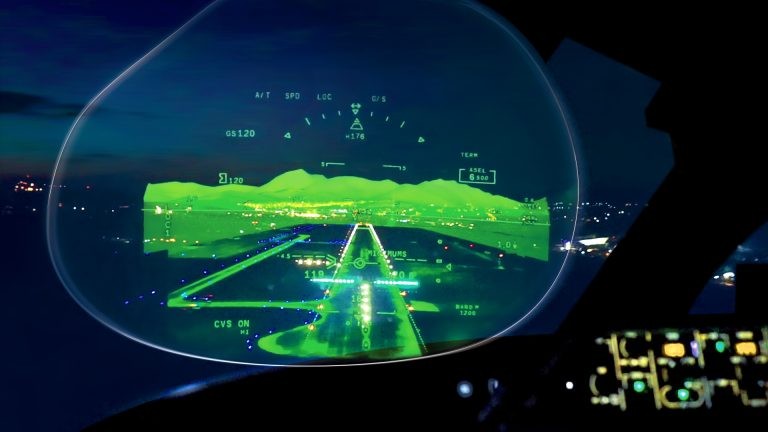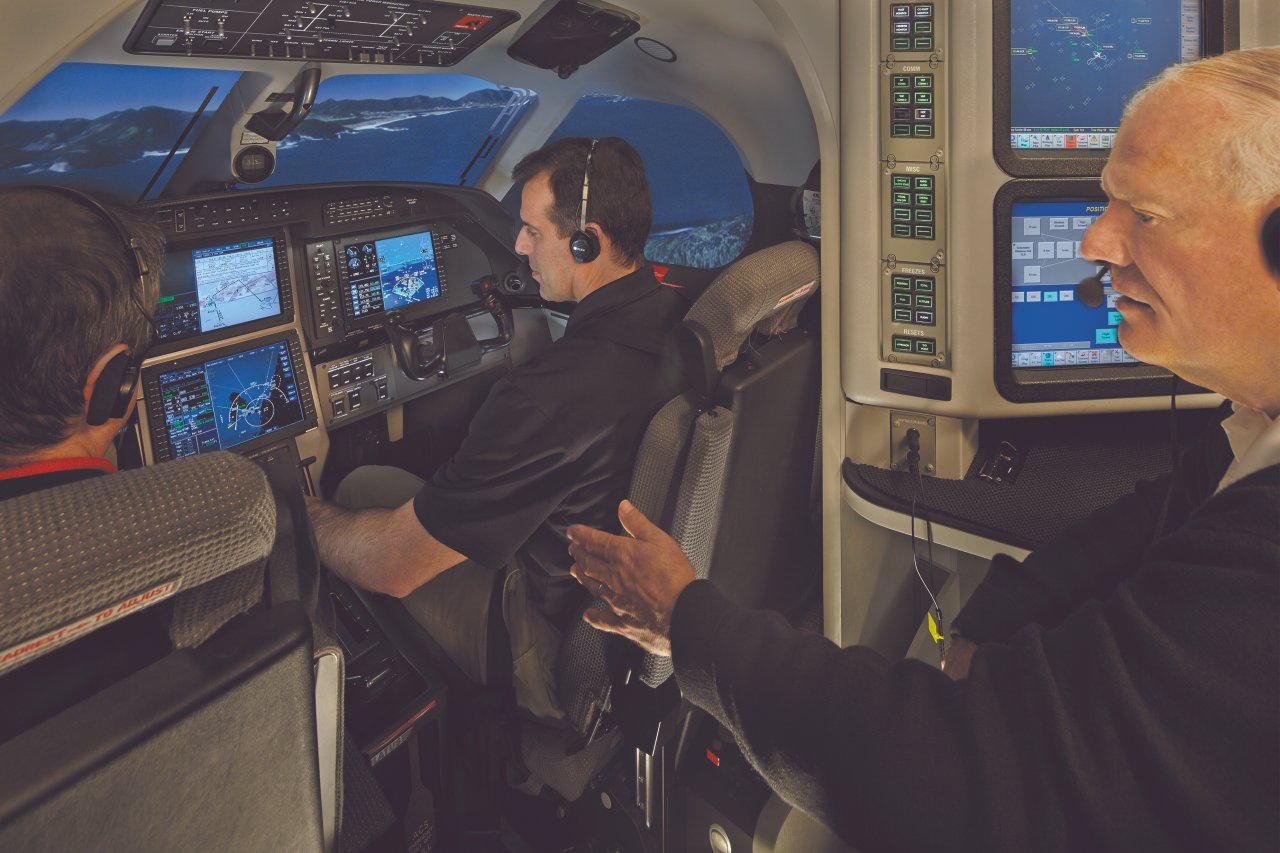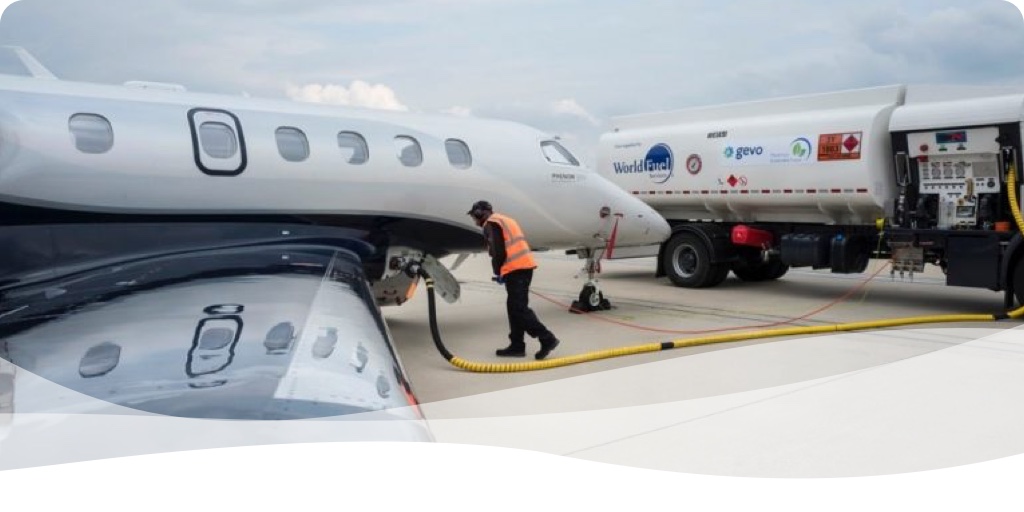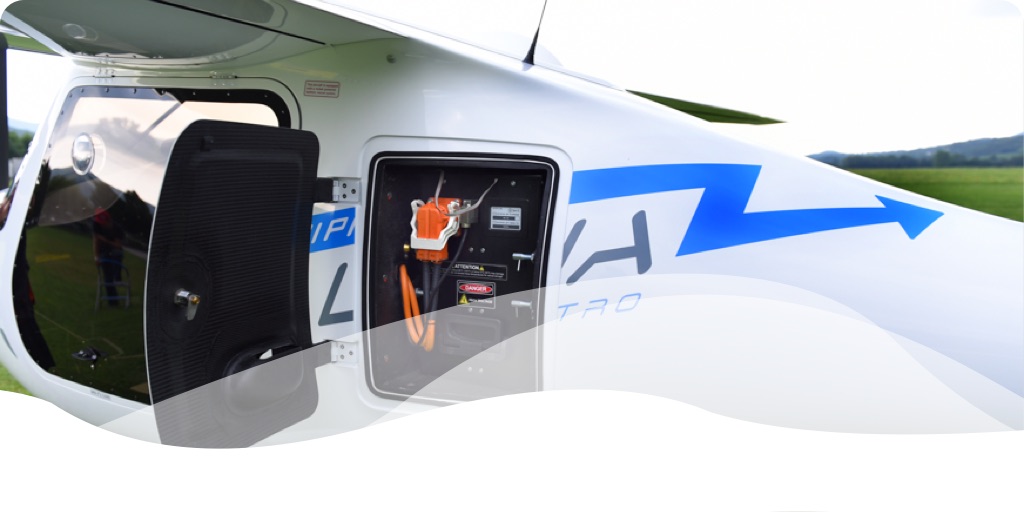General aviation is undergoing a major transformation, driven by innovation, sustainability goals, and digital evolution. From electric aircraft and advanced avionics to autonomous systems and air taxis, the sector is entering a new era of smarter, greener, and more connected flight.
Whether you’re a student pilot, an aviation enthusiast, or simply curious about the future of flying, this guide explores the most exciting technologies shaping general aviation today.
Electric and Hybrid Propulsion: Flying Without Fossil Fuels
The transition to electric and hybrid-electric propulsion is at the heart of aviation’s sustainability goals.
- Pipistrel, now part of Textron, has led the way with the Velis Electro, the first fully certified electric trainer aircraft in Europe.
- VoltAero and Tecnam are developing hybrid-electric aircraft for regional flights.
- These aircraft are quieter, produce fewer emissions, and have lower operating costs — ideal for training and short-range missions.
Electric flight is not just a concept; it’s already a reality in flight schools and pilot academies across Europe.
Sustainable Aviation Fuel (SAF): A Key to Greener Flight
One of the most promising solutions to reduce carbon emissions in general and business aviation is the use of Sustainable Aviation Fuel (SAF). Unlike traditional jet fuel, SAF is produced from renewable resources such as used cooking oil, waste biomass, and even captured CO₂. It can reduce lifecycle CO₂ emissions by up to 80%.
SAF is drop-in ready, meaning it can be used in existing jet engines without modifications. This makes it a practical and immediate solution for operators of business jets, turboprops, and light aircraft.
In the business aviation sector — where long-range flights are common — SAF represents the most effective way to reduce environmental impact in the short to medium term.
Organizations like the Business Aviation Coalition for Sustainable Aviation Fuel and manufacturers such as Dassault Aviation, Gulfstream, and Bombardier are actively supporting its adoption and scaling up production capacity across Europe and North America.
However, challenges remain: SAF currently accounts for less than 1% of total aviation fuel use, and scaling it will require significant investment, regulatory support, and public-private collaboration.
Still, SAF is seen as essential to achieving net-zero targets by 2050, especially for aircraft types and mission profiles where electrification is not yet feasible.
Advanced Avionics and Connected Cockpits
Modern general aviation aircraft are now equipped with digital avionics systems once reserved for commercial jets.
- Glass cockpits with touchscreen flight displays
- Synthetic vision systems that improve situational awareness
- ADS-B (Automatic Dependent Surveillance-Broadcast) for real-time tracking
- Connected platforms offering weather updates, airspace alerts, and remote diagnostics
These technologies improve safety and make flying more intuitive — especially for new and training pilots.
New Air Mobility: The Rise of eVTOLs and Air Taxis
Part of general aviation’s innovation ecosystem, New Air Mobility (NAM) includes the development of eVTOLs (electric Vertical Take-Off and Landing aircraft) for urban and regional transport.
- Companies like Volocopter, Joby Aviation are testing their eVTOLs in real-world conditions.
- These aircraft are electric, often autonomous-ready, and designed to take off and land in compact areas like vertiports. Vertiports are compact landing and take-off facilities designed for eVTOLs.
- Cities are planning networks of vertiports integrated into existing transport hubs like train stations and airports.
Urban Air Mobility (UAM) is no longer a vision — it’s the next chapter in public and business transportation.
European Leader: Volocopter
Volocopter has successfully flown its Volocity air taxi prototype and plans commercial service in Paris.
These companies are not only building aircraft but also partnering with cities and regulators to make sure urban air mobility becomes a reality safely and sustainably.
Advanced Air Traffic Management
Managing many small aircraft flying at low altitudes requires new air traffic management systems. Digital platforms will monitor and coordinate flights in real time to ensure safe and efficient airspace use.
Cities must adapt their infrastructure to host aerial mobility services:
- Designating safe flight paths and no-fly zones.
- Installing vertiports at strategic locations.
Upcoming Pilot Projects and Commercial Launches
- Rome and Milan are planning their first vertiports.
- London is working on regulatory frameworks to welcome eVTOLs by 2026.
Many pilot projects across Europe aim to make New Air Mobility accessible to the public within the next few years.
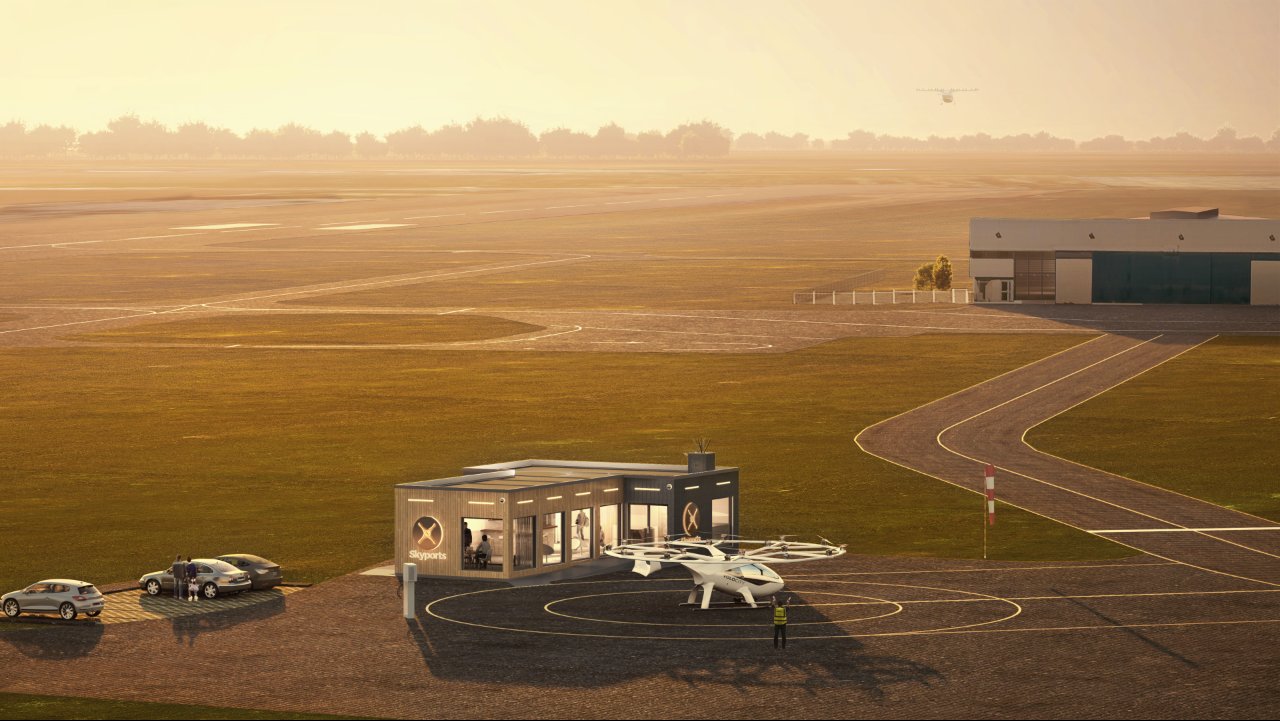
Autonomy and Smart Systems
Autonomous technologies are emerging rapidly in general aviation, improving safety and reducing pilot workload:
- Autoland systems (like Garmin’s Safe Return) can land an aircraft automatically in an emergency.
- AI-assisted flight systems support navigation, route optimization, and fault diagnostics.
- Future aircraft, especially in the cargo or emergency sectors, may operate with pilot-optional capabilities.
These smart systems are reshaping the flying experience and opening the sky to more people.
Materials and Sustainable Manufacturing
Aircraft builders are turning to lighter, more sustainable materials:
- Carbon fiber composites reduce aircraft weight and increase fuel efficiency.
- 3D-printed components streamline production and maintenance.
- Some manufacturers are exploring recyclable and bio-based materials to reduce environmental impact.
From construction to operation, general aviation is becoming more resource-conscious.
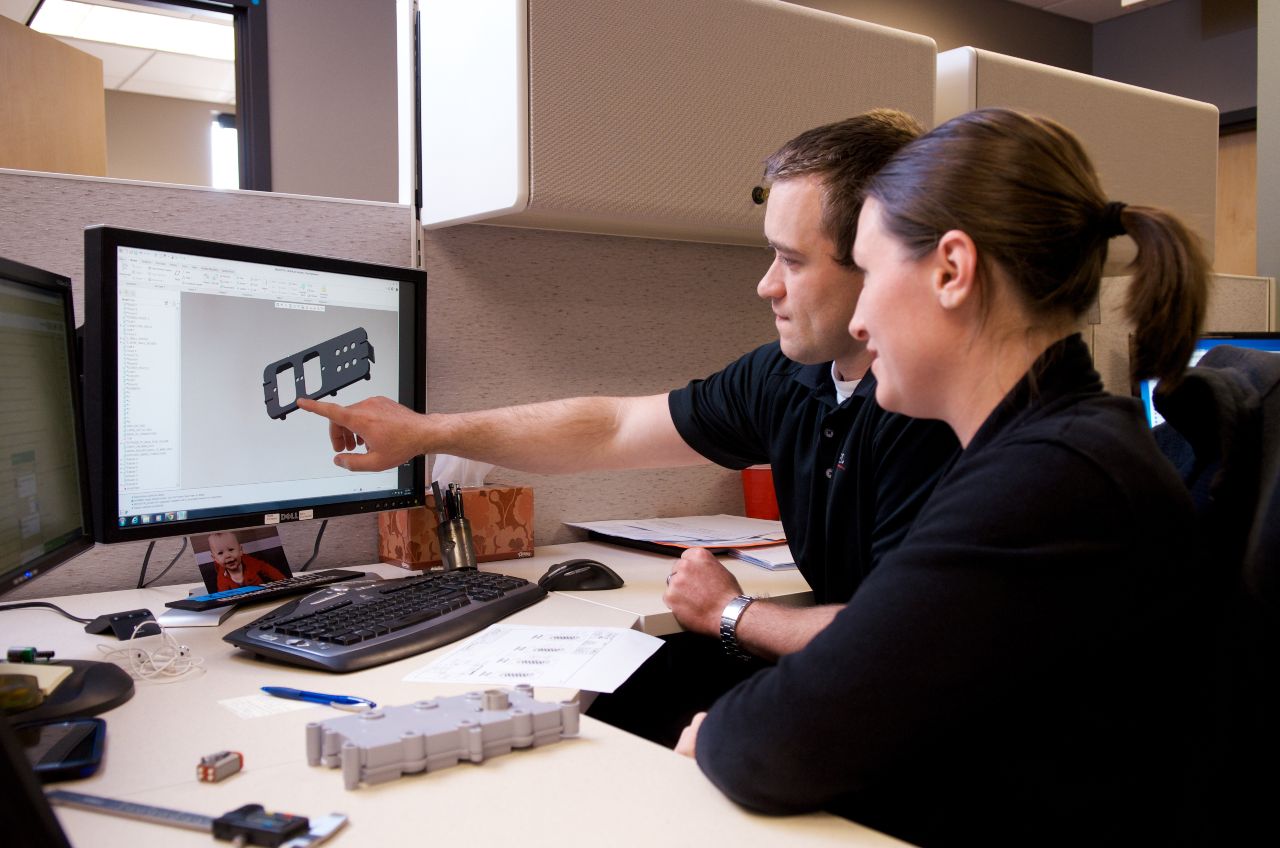
Training the Next Generation of Pilots and Engineers
As the industry modernizes, flight and maintenance training programs are evolving:
- Electric aircraft are increasingly used in initial pilot training to cut costs and noise.
- Students are trained on digital planning tools, realistic simulators, and connected avionics.
- Emerging topics like SAF certification, eVTOL operation, and hybrid systems are being added to curriculums.
Europe alone will need tens of thousands of new pilots and aviation engineers in the coming decade — training is a key priority for a smooth transition.
Conclusion: Innovation is in the Air
From quiet electric aircraft to autonomous systems and sustainable fuels, general aviation is undergoing its most exciting transformation in decades. It’s becoming cleaner, safer, and more inclusive — opening up the skies to new pilots, new aircraft, and new ideas.
Whether you’re flying for leisure, business, or training, these innovations are not just shaping the future — they are already changing the way we fly today.
You want to know more about new technology opportunities?
You want to know more about new technology opportunities?
Check these links below


